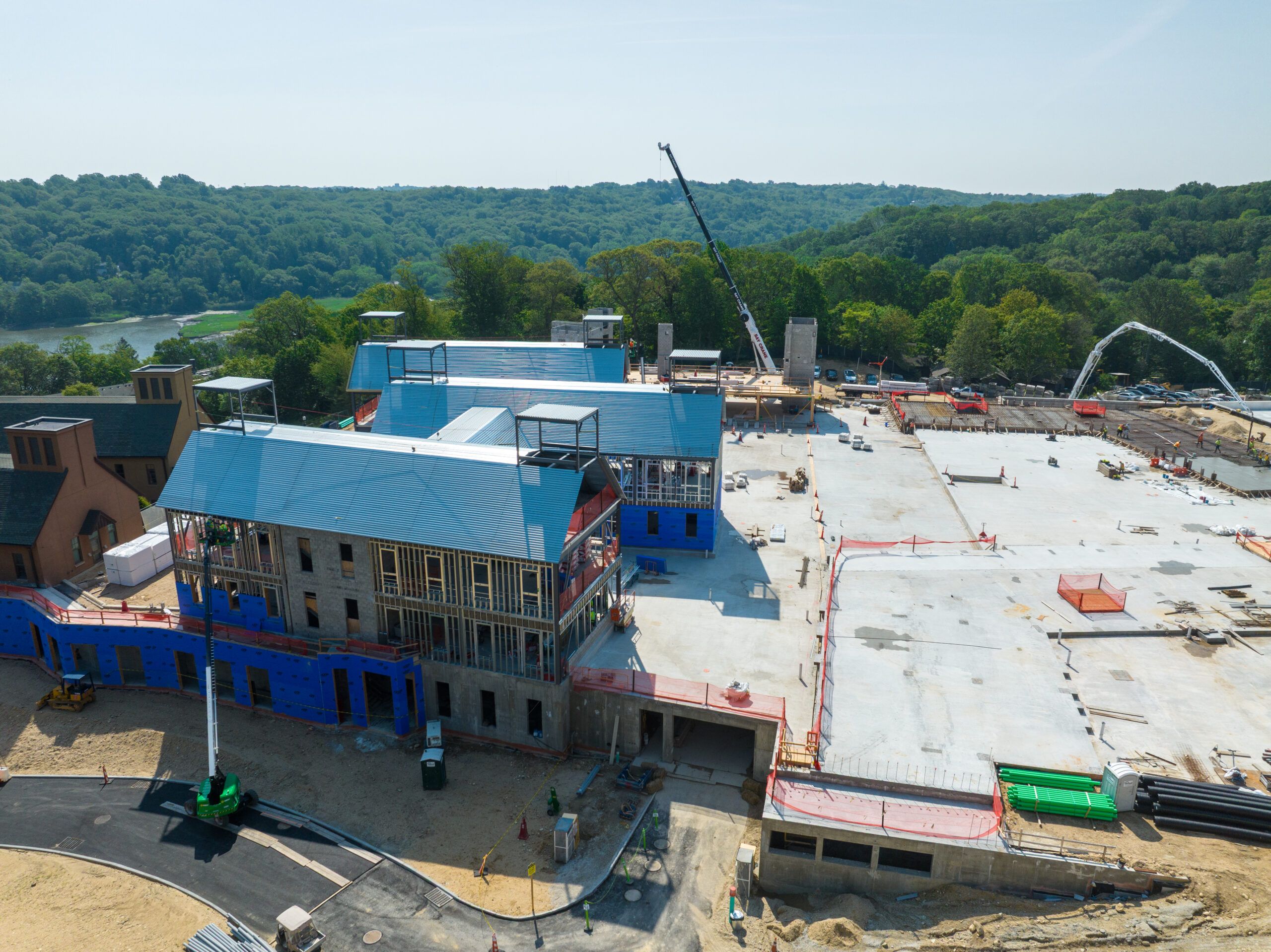When your roof suffers damage, the first instinct is often to call your insurance provider. But what happens next? Many homeowners are surprised to discover that roof coverage isn’t as straightforward as they assumed. Between policy fine print, claim requirements, and the vague language of exclusions, figuring out what’s actually covered—and what’s not—can be confusing.
In this article, we break down the common questions homeowners have about roofing and home insurance, and what every property owner should understand before the next storm hits.
Is roof damage always covered by homeowners insurance?
Not necessarily. Most standard homeowners insurance policies cover sudden, accidental damage caused by specific “perils,” such as hail, wind, fire, or falling objects. However, this protection usually applies only if the damage is unexpected and unavoidable.
If your roof is older or hasn’t been maintained properly, your insurer may deny the claim, stating that the damage resulted from neglect or wear and tear. Routine roof repair needs—like replacing aging shingles or addressing minor leaks—are typically your responsibility as the homeowner.
Tailored specifically for coastal living, Stuart FL home insurance for coastal properties also accounts for risks like saltwater corrosion and high property values, providing peace of mind and long-term security for homeowners.
What types of roof damage are most commonly covered?
Here are a few scenarios often approved for coverage:
- Hail or windstorms that tear or puncture roofing materials
- Falling trees or debris that damage the roof structure
- Fire-related destruction from wildfires or lightning strikes
- Vandalism or accidental aircraft impact (yes, that’s actually in some policies)
In these cases, coverage may include both materials and labor for a partial or full roof replacement. That said, you’ll still need to meet your deductible and follow your insurer’s process for filing and documenting the claim.
What damage is usually excluded?
Insurance typically does not cover:
- Gradual deterioration over time
- Mold, rot, or moisture buildup from poor ventilation
- Manufacturer defects
- Damage caused by lack of regular maintenance
- Patching or repair work done incorrectly by an unlicensed roofing contractor
If you live in a region with extreme weather, some policies may also carry specific exclusions for flood or windstorm damage, unless you’ve added a separate rider for those risks.
How do insurers assess the age and condition of a roof?
Before approving a claim, most insurance companies will send an adjuster to inspect the damage. One of the first things they’ll assess is age. A 25-year-old asphalt roof nearing the end of its life span is more likely to get prorated coverage—or be denied altogether—than a newer one.
Some insurers even reduce or deny coverage for roofs over 20 years old unless you’ve had it inspected and documented within a recent timeframe. That’s why it’s critical to keep good records of your roof installation, prior roof repairs, and routine maintenance.
Can my premium go up after a roofing claim?
Yes. While laws vary by state, filing a claim for roof repair or replacement can affect your future premium. If your area is prone to frequent storm claims, you might see increases regardless of whether you file personally—insurance companies adjust rates based on regional risks.
That said, many homeowners choose to file claims only for significant damage. Minor issues that can be handled without reaching your deductible often aren’t worth reporting.
What documentation should I keep on hand?
If you ever need to prove your case to your insurer, detailed documentation is your best defense. Keep the following in your home file:
- Original roof installation invoice and warranty
- Any inspection reports from roofing contractors
- Photos of your roof before and after storms
- Records of routine roof maintenance
- Receipts from any roof repair work performed
When a roofing company evaluates your property, ask them to provide before-and-after photos and clearly itemized service summaries. These details are invaluable during claims reviews.
Does it help to use a licensed roofing contractor?
Absolutely. Many insurance providers require that all roof work related to a claim be performed by licensed, insured professionals. If unqualified individuals do the work—or if work is done without permits—it can invalidate parts of your policy.
For instance, if you’ve experienced roof damage after a storm and your repair is handled by someone without the proper credentials, your insurance might reject the claim entirely, stating that the problem was aggravated by unapproved work.
What about partial damage—will the whole roof be replaced?
This is a tricky area. Sometimes, damage only affects one slope of a roof, especially in cases of wind or hail. Whether the entire roof is replaced depends on policy wording and local building codes.
Some insurance policies cover full replacement only if more than a certain percentage of the roof is damaged. Others may allow replacement of just the affected area but consider the material match—if new shingles don’t visually or structurally align with the rest of the roof, the insurer may opt to replace the whole system.
This is where working with an experienced roofing contractor pays off—they can communicate with adjusters, provide technical insight, and ensure the solution meets industry standards.
Can a roof upgrade reduce my insurance rate?
In some cases, yes. Upgrading to impact-resistant shingles, installing modern ventilation systems, or switching to fire-resistant materials like metal roofing or synthetic slate may qualify you for premium discounts.
Be sure to discuss options with both your insurer and your roofing company. Any improvement that increases durability or reduces risk is worth exploring, especially in areas with severe weather patterns.
What’s the role of roofing companies in this process?
Many professional roofers have extensive experience working with insurance claims. While they don’t act as public adjusters, they can provide valuable assessments, accurate estimates, and work timelines that align with insurance guidelines.
Strive Roofing & Construction, for example, emphasizes the importance of helping homeowners understand the insurance implications of roofing decisions without overstepping legal boundaries. By keeping communication clear and factual, a reliable roofing contractor helps ensure you receive fair treatment from your insurer while maintaining your home’s structural integrity.
Final Thoughts
Navigating roofing insurance coverage isn’t always intuitive—but it’s essential. Knowing what’s included, what’s excluded, and how to protect your investment helps prevent unpleasant surprises when a claim becomes necessary.
Review your policy annually. Ask your provider about exclusions, depreciation schedules, and possible discounts for roofing upgrades. Stay proactive with inspections and maintenance, and make sure any roofing work is done by a qualified contractor who understands both the technical and administrative sides of the job.
Home insurance is a safety net—but the way you manage your roof determines how well that net holds when you need it most.











